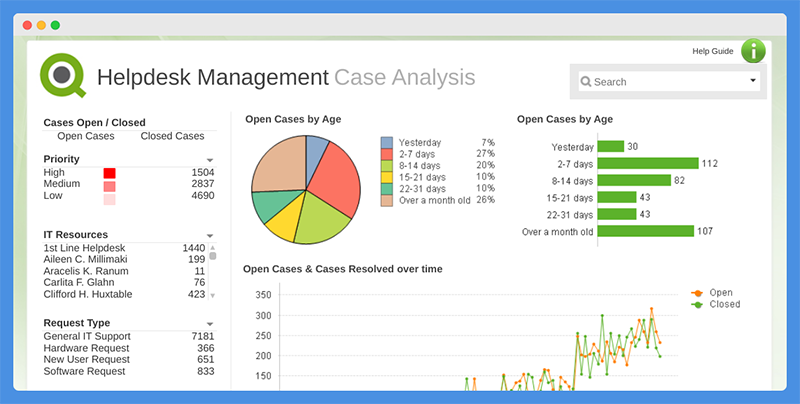Personal Career & Learning Guide for Data Analyst, Data Engineer and Data Scientist
As a data analyst, you need to work with large amounts of data on a regular basis. It can be challenging to quickly analyze and make sense of this data, which is why it’s important to have the right tools and technologies at your disposal. One of such tools is QlikView, a popular data visualization and business intelligence platform. In this article, we’ll take a closer look at one of its key features – Incremental Load.
What is Incremental Load?
Incremental Load is a method of loading data into QlikView that only adds new data to the existing data in the document, rather than reloading all of the data every time. This is a useful feature for data analysts who work with large amounts of data and need to update the data in their document frequently.
Why use Incremental Load?
There are several reasons why data analysts use Incremental Load in QlikView:
- Improved Efficiency: By only adding new data to the existing data in the document, data analysts can reduce the amount of time it takes to reload the data and make the analysis process more efficient.
- Reduced Data Duplication: Incremental Load helps to reduce data duplication by only adding new data to the existing data in the document. This helps to keep the data organized and prevents duplicates from affecting the analysis results.
- Reduced Document Size: By only adding new data to the existing data in the document, Incremental Load helps to keep the document size smaller, which can improve performance and reduce the amount of memory used by the document.
How to use Incremental Load in QlikView?
To use Incremental Load in QlikView, you need to use the Data Load Editor. This is a graphical user interface that allows you to specify the data source, select the data that you want to load, and specify how the data should be loaded.
In the Data Load Editor, you can select the Incremental Load option to specify that only new data should be added to the existing data in the document. You will also need to specify a key field, which is used to identify new data and determine whether it should be added to the existing data.
Once the data has been loaded into the document using Incremental Load, it can be used for analysis just like any other data in the document.
Conclusion
In conclusion, Incremental Load is a valuable feature for data analysts who work with large amounts of data and need to update their documents frequently. By only adding new data to the existing data in the document, data analysts can improve efficiency, reduce data duplication, and keep their documents smaller. If you’re a data analyst looking to get the most out of QlikView, it’s well worth taking the time to learn how to use Incremental Load.
QlikView for Data Analyst – QlikView – Incremental Load
 Loading...
Loading...
Latest end-to-end Learn by Coding Projects (Jupyter Notebooks) in Python and R:
All Notebooks in One Bundle: Data Science Recipes and Examples in Python & R.
End-to-End Python Machine Learning Recipes & Examples.
End-to-End R Machine Learning Recipes & Examples.
Applied Statistics with R for Beginners and Business Professionals
Data Science and Machine Learning Projects in Python: Tabular Data Analytics
Data Science and Machine Learning Projects in R: Tabular Data Analytics
Python Machine Learning & Data Science Recipes: Learn by Coding
R Machine Learning & Data Science Recipes: Learn by Coding
Comparing Different Machine Learning Algorithms in Python for Classification (FREE)
There are 2000+ End-to-End Python & R Notebooks are available to build Professional Portfolio as a Data Scientist and/or Machine Learning Specialist. All Notebooks are only $29.95. We would like to request you to have a look at the website for FREE the end-to-end notebooks, and then decide whether you would like to purchase or not.
